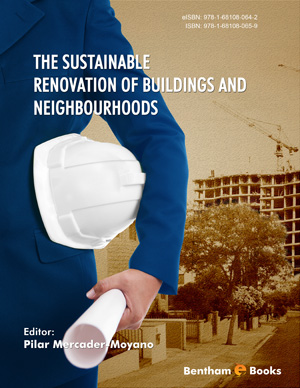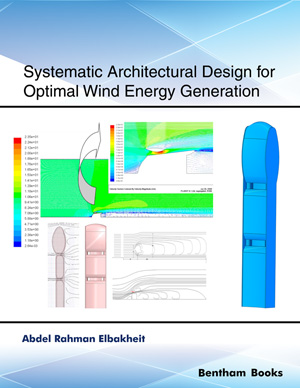Abstract
The new legal approach proposed by European Directive 2012/27/EU makes it necessary to adapt Spanish regulations and policies of the Member States to the new demands. In order to reach the goals for the reduction of energy consumption and the improvement of energy efficiency in buildings, it is necessary to act on the existing housing stock, which is mostly obsolete, and to encourage energy retrofitting. In this context, research is focused on creating an energy assessment methodology on an urban scale and applying this to a characteristically Mediterranean city in the south of Spain, Cadiz. This research aims to cover the lack of information on the energy behaviour of the existing housing stock, particularly in social housing neighbourhoods built from 1940 to 1980, after the Spanish Civil War and before the building regulations which resulted from the 1970s energy crisis, as a step prior to the establishment of a Plan for Sustainable Retrofitting of social housing in the city of Cadiz. In order to implement this plan, it was necessary to identify and classify the main social housing neighbourhoods built in that period, offering a construction and energy analysis of the constructive systems used in the thermal envelope, which has made it possible to classify and establish their degree of obsolescence. This study has provided a global assessment of the energy rating of social housing built in the city in 1940-1980, applied to a map of the city allowing us to view an energy rating map of sorts of the city. This method is essential in order to attain what could be described as an essential first phase towards attaining the priority action goals of Horizon 2020, using global actions with sustainable retrofitting plans.
Keywords: Energy characterisation, energy rating, Mediterranean city, social housing, sustainable retrofitting.












